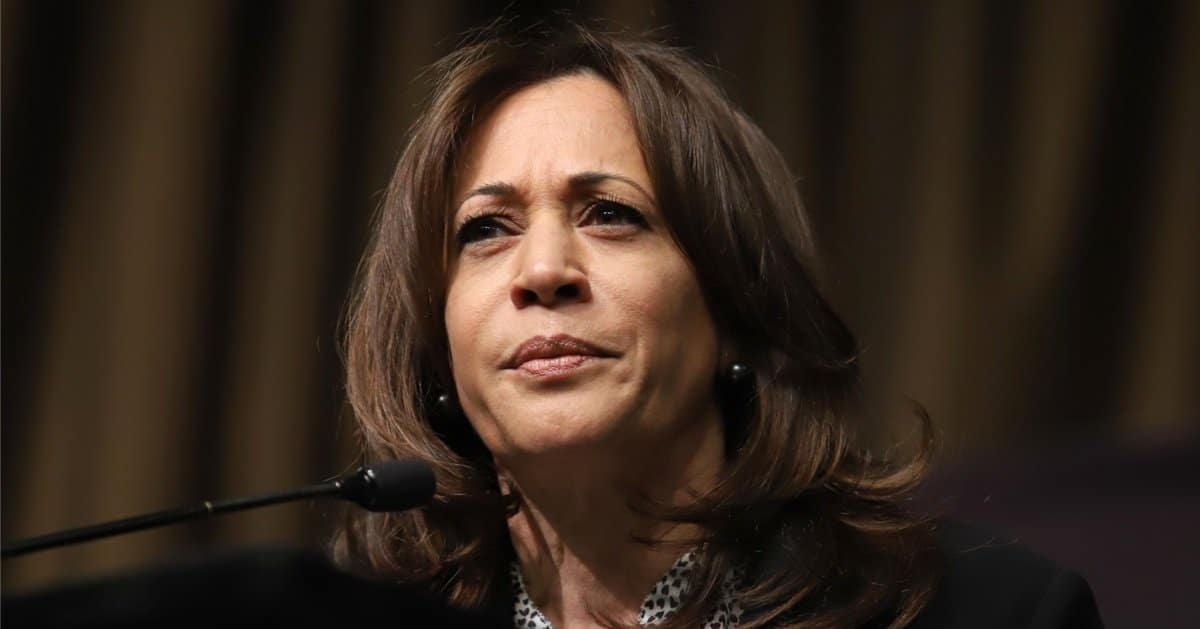


A foiled assassination attempt on former President Donald Trump has raised questions about Secret Service protocol.
The Post Millenial reported that on the day of Trump's rally in Pennsylvania, Secret Service protection was reassigned to an appearance by First Lady Jill Biden also in Pennsylvania. While a spokesman has denied these claims, other sources indicate that the diversion was part of standard protocol.
At Trump's rally, Thomas Matthew Crooks, a 20-year-old assailant, managed to fire multiple rounds at Trump from a nearby rooftop, less than 150 yards from the stage.
Authorities reported that Crooks was intercepted and neutralized by the Secret Service before he could inflict any harm on the former president.
Meanwhile, significant Secret Service resources were allocated to a nearby event featuring Jill Biden. This reallocation is in accordance with established protocols that prioritize current First Family members over former presidents.
Susan Crabtree from RealClearPolitics confirmed that the decision to divert resources was informed by these standard protocols. Despite Trump’s prominence as a frontrunner in the upcoming presidential election, his status as a former president dictates the level of protection he receives.
Due to the reallocation, Trump’s security at the rally was bolstered by additional agents from various field offices.
These agents were pulled in to support an already overworked regular detail, including the provision of just two counter-snipers at the event.
Reports from the Associated Press revealed that a local police officer had encountered Crooks on the rooftop moments before he opened fire. This encounter underscores the complexities and dangers associated with protecting high-profile political figures.
In a statement after the incident, Donald Trump expressed his gratitude towards the Secret Service and law enforcement: "I want to thank The United States Secret Service, and all of Law Enforcement, for their rapid response on the shooting that just took place in Butler, Pennsylvania."
Trump’s acknowledgment reflects his reliance on the protective measures that are in place, despite the challenges posed by resource reallocation. His appreciation extends to the broader law enforcement community that collaborates to ensure his safety.
The event has not only highlighted the Secret Service’s commitment to its protective duties but also the inherent risks involved in such high-stakes operations.
The Butler incident has prompted discussions among security experts about potential adjustments to protocol, especially during events involving multiple high-profile individuals. It raises questions about how resources are allocated among former and potentially future presidents.
The ongoing debate is likely to influence future Secret Service protocols and resource management, ensuring a balanced approach that accommodates both current and former high-ranking officials.
This incident will serve as a critical case study for law enforcement agencies nationwide, as they continue to refine their strategies for protecting public figures against evolving threats.
The failed assassination attempt on former President Donald Trump at his Pennsylvania rally has spotlighted the Secret Service's decisions regarding resource allocation.
Resources were diverted to a Jill Biden event, consistent with protocols for former presidents.
This incident underscores the challenges of protecting high-profile figures and may prompt a reevaluation of current security protocols to ensure the safety of all protected individuals.



